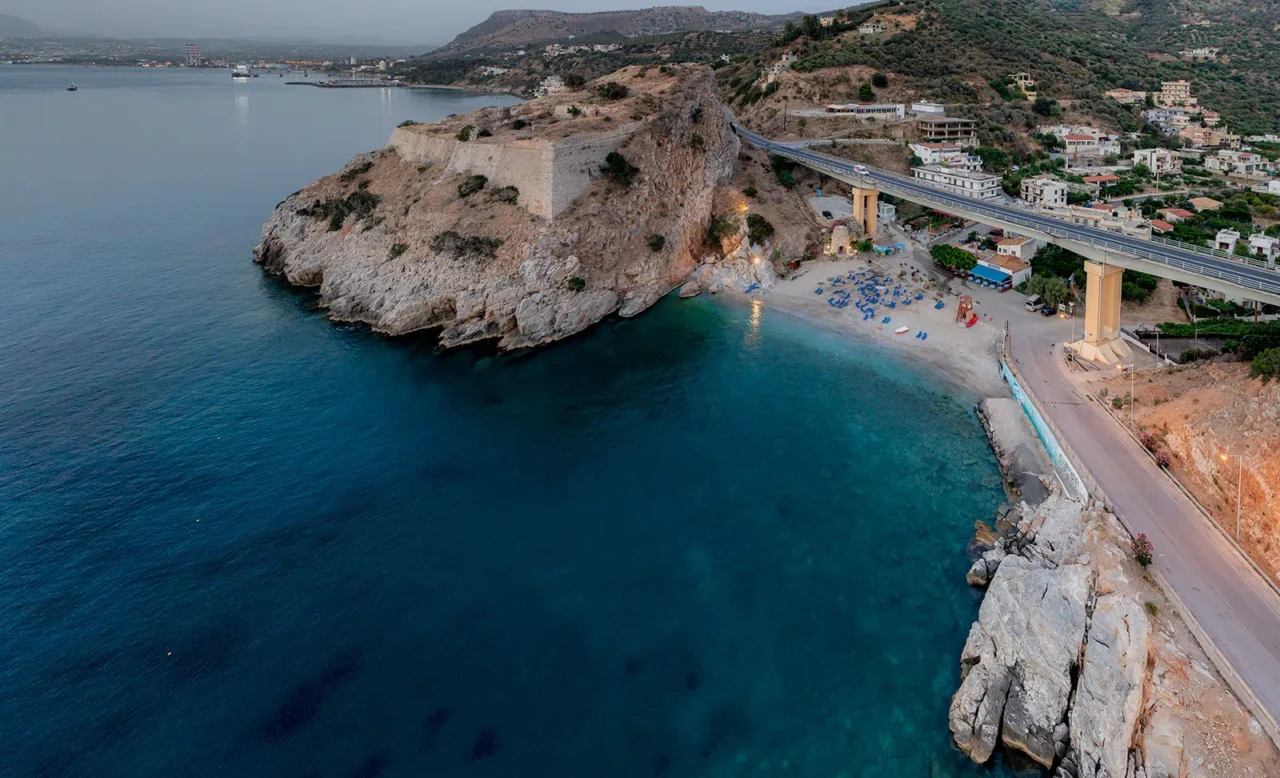
Located just 14 kilometers west of Heraklion, Paliokastro beach offers a unique blend of historical significance and natural beauty. Situated on the western shores of the Bay of Heraklion, the beach is located within a verdant valley carved by mountain streams. Framed by protective cliffs on both sides, Paliokastro cove provides a tranquil escape with an eastern exposure that ensures calm waters most of the time.
Paliokastro holds a special appeal for residents of Heraklion, who frequent the beach with their families and have even established homes in the area. The beach’s allure lies in its relatively undeveloped state, offering a peaceful setting for relaxation and leisurely pursuits. Traditional tavernas serving local cuisine are available nearby, as are small hotels and rooms for accommodation. A mini-market housed in a well-preserved former limekiln caters to visitors’ needs.
The sea at Paliokastro is characterized by its depth and the presence of large pebbles, particularly in the western section. The rocky seabed provides excellent opportunities for snorkeling and fishing. Beneath the fortress, natural rock formations create a series of steps, allowing for adventurous dives from varying heights.
Paliokastro is easily accessible via the Heraklion-Chania highway, with a dedicated exit leading directly to the beach.
Venetian fortress of Paliokastro
A prominent feature of the beach is a large limestone rock that rises to the east. This rock was once the site of the Venetian fortress of Paliokastro, a structure designed to defend the bay from potential threats. The fortress’s remnants, some still visible today, are believed to have been built upon the acropolis of the ancient town of Kytaeon.
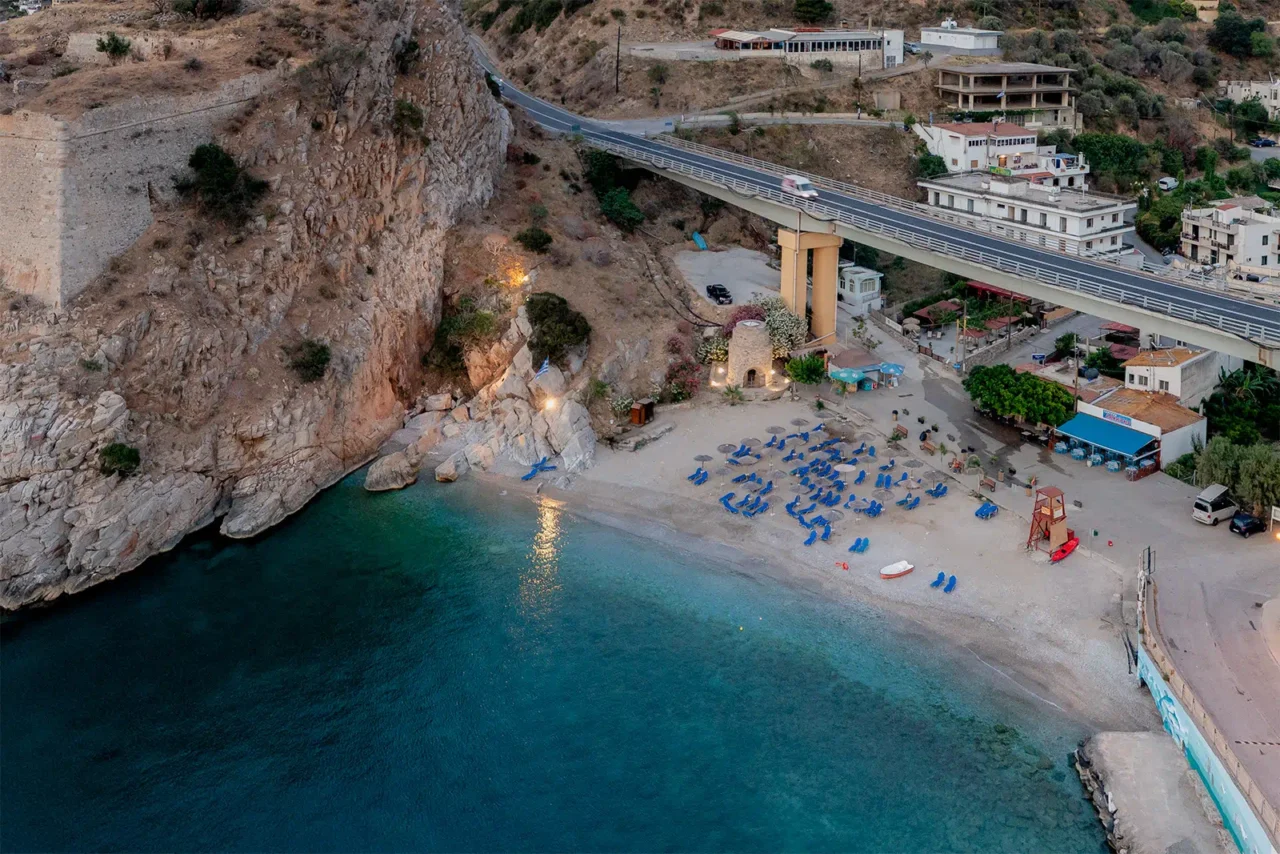
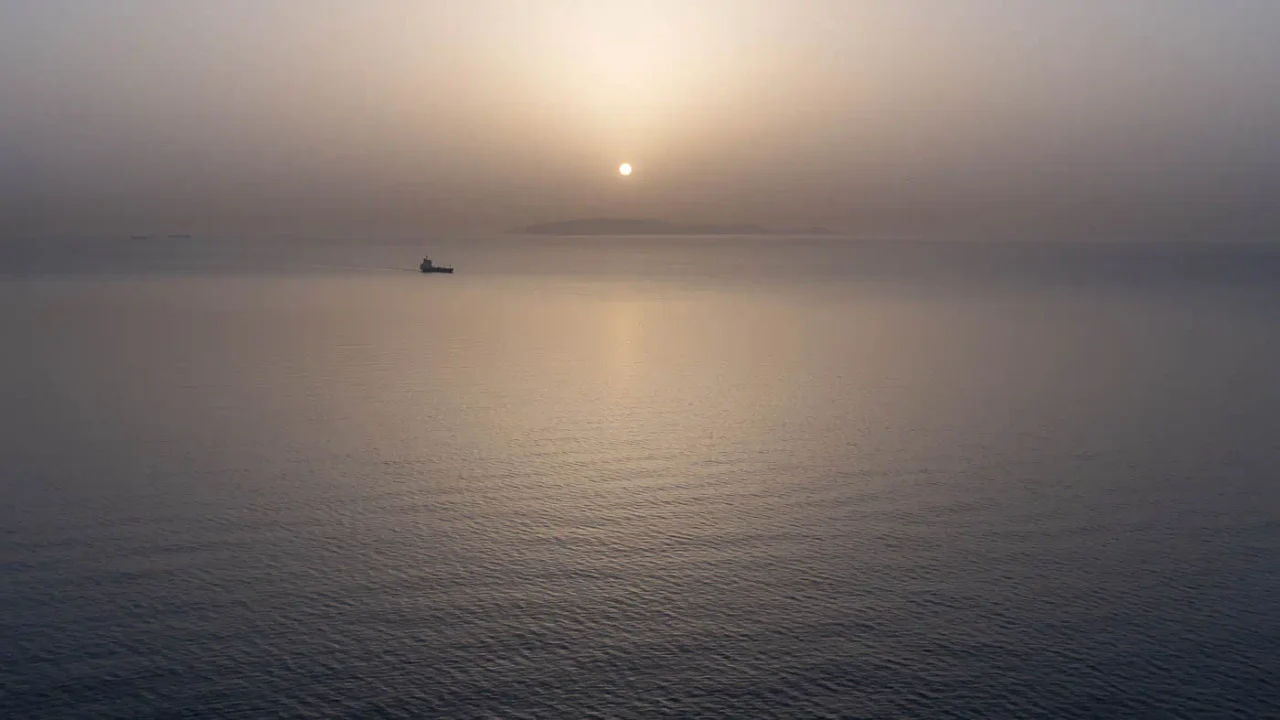
The restored Venetian Lime Kiln
The restored Venetian lime kiln at Paliokastro beach in Heraklion, Crete, serves as a testament to the historical significance of lime in construction, particularly in the building of fortresses and castles. This rare monument of the Venetian era, as depicted in a 1618 map by Basilicata, is a remarkable example of craftsmanship beyond the well-known fortifications and religious architecture of that time.
The Romans were pioneers in utilizing lime kilns to create quicklime, a key ingredient in their renowned Roman cement. This cement, a mixture of hydrated lime and volcanic ash, was instrumental in constructing their impressive empire, including fortresses and defensive structures.
Centuries later, the Venetians, known for their maritime prowess and architectural achievements, also recognized the value of lime in construction. They utilized lime kilns like the one in Paliokastro to produce building materials for their fortresses and castles, which were strategically built to protect their territories and trade routes.
The Paliokastro fortress, located on the hill just above the beach, stands as a testament to the Venetians’ use of lime in construction. Its sturdy walls and fortifications, likely built using materials produced in the nearby lime kiln, reflect the importance of lime in creating durable and resilient structures. This connection between the kiln and the fortress is further supported by their coexistence for centuries, as depicted in the 1618 map.
The restored lime kiln at Paliokastro beach thus serves as a tangible link between the ancient Roman techniques of lime production and the Venetian mastery of fortress construction. It highlights the enduring legacy of lime as a crucial building material throughout history, evident in the imposing Paliokastro fortress that still overlooks the beach today. The kiln’s restoration by the 13th Byzantine Antiquities further emphasizes its significance as a cultural and historical landmark, adding to the allure of the Paliokastro area.
Key Points:
- Beach Composition: Pebbles (large pebbles in the western part)
- Water Depth: Deep
- Water Conditions: Generally calm, but can vary depending on weather
- Amenities: Restaurants (tavernas), mini-market, and accommodations nearby













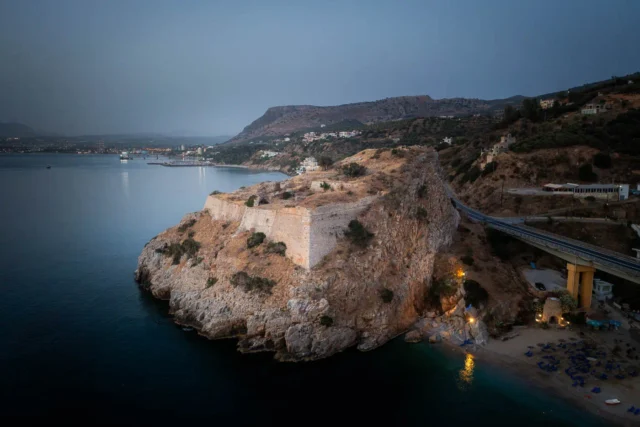


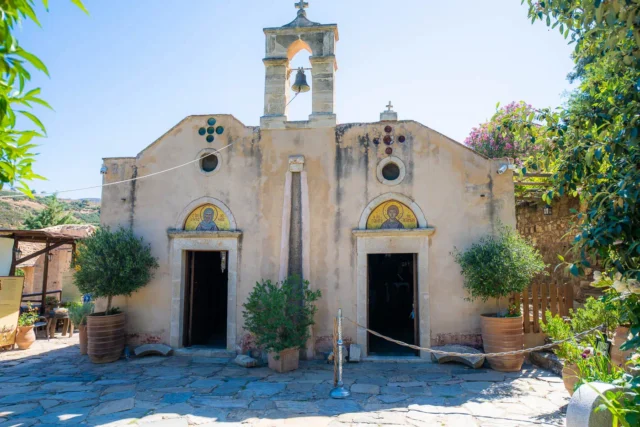
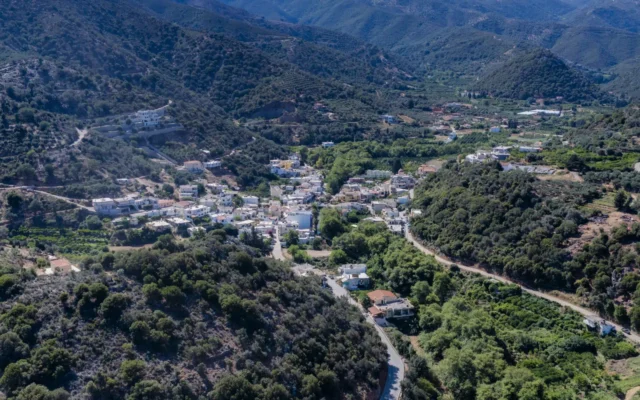

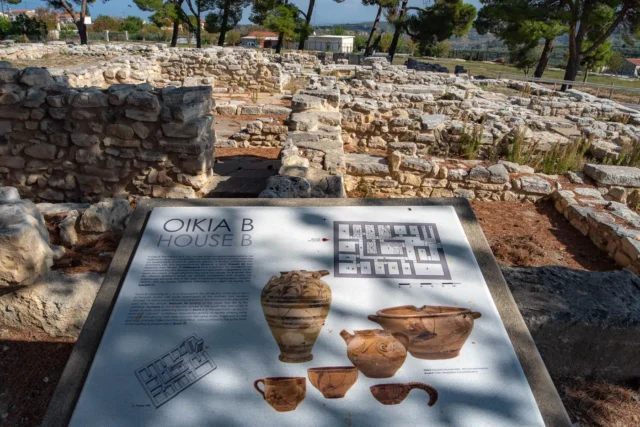
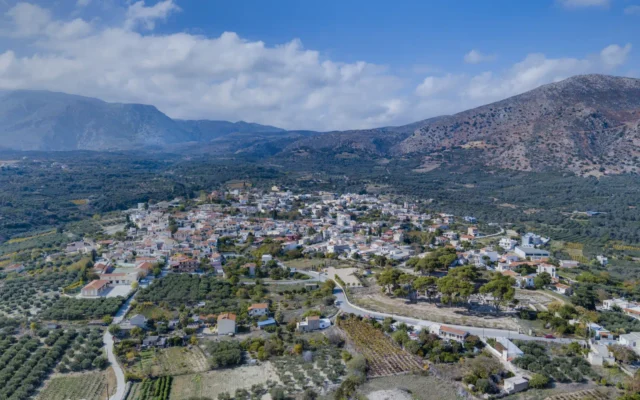
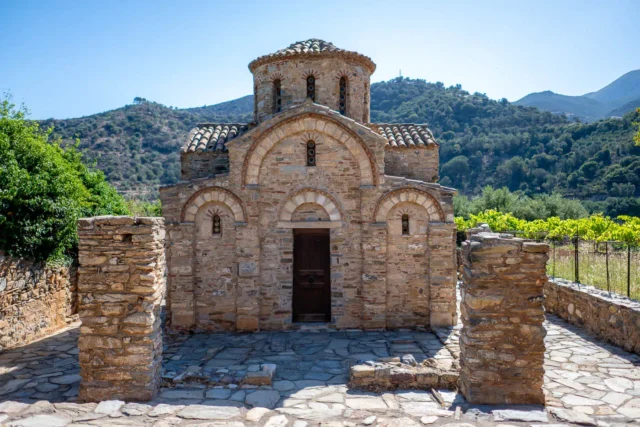
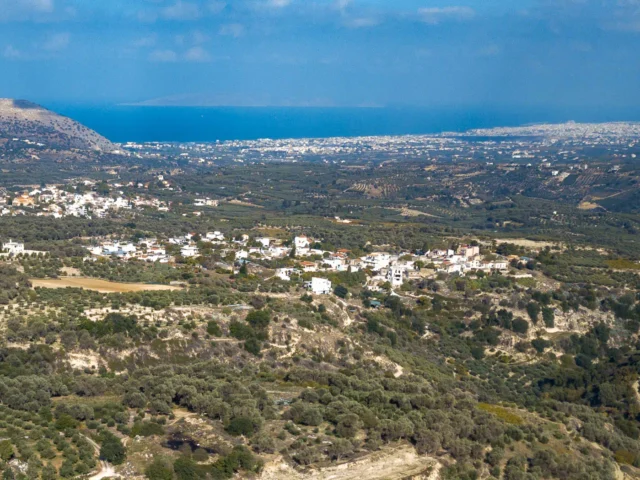
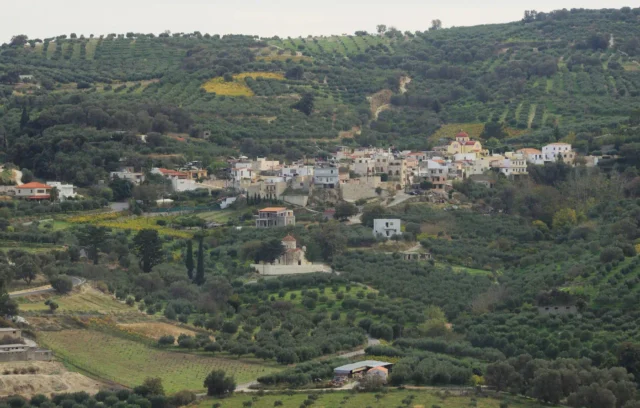

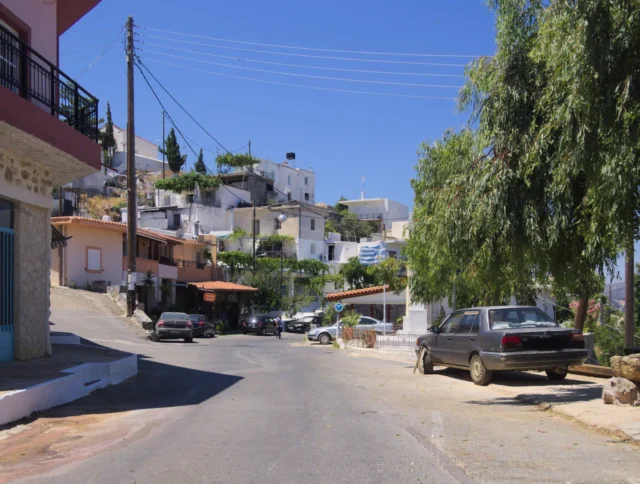
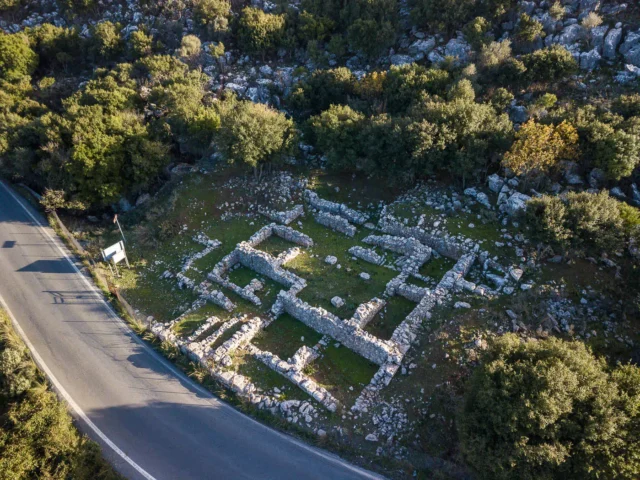
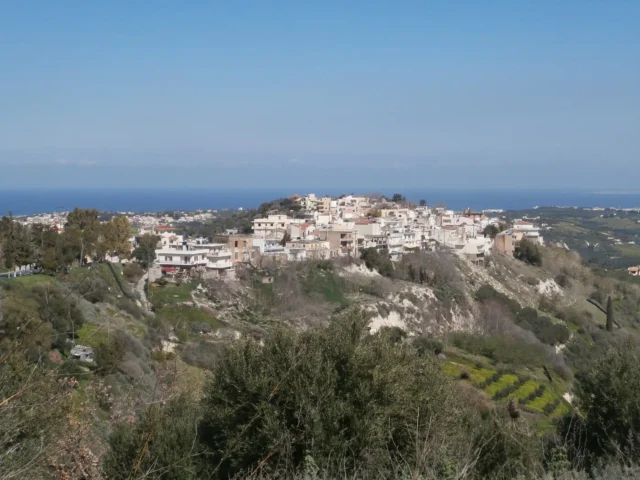
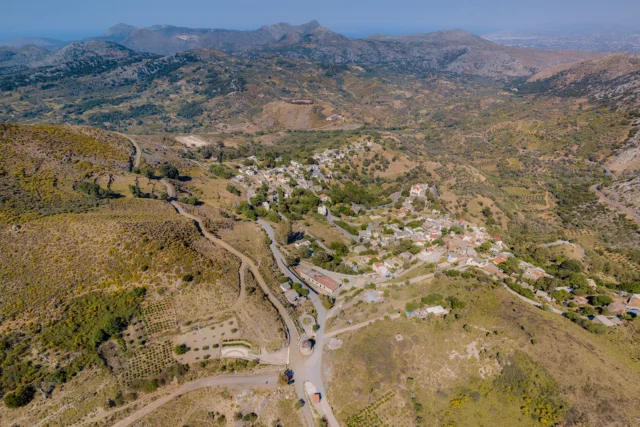

There are no comments yet.